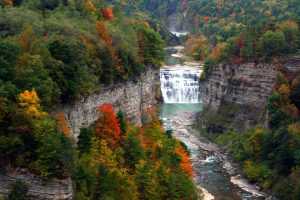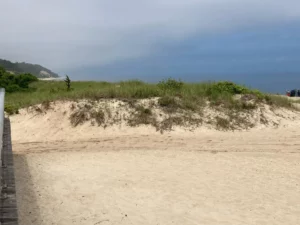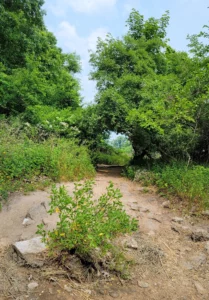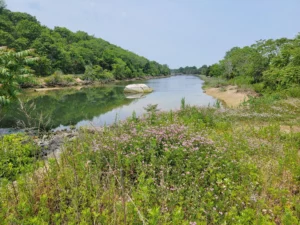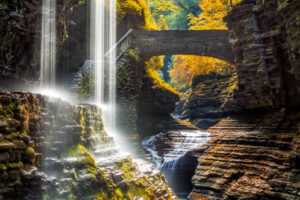Letchworth State Park, often hailed as the “Grand Canyon of the East,” is not just a stunning natural wonder but a landscape steeped in rich history. From its Native American heritage to its transformation into a state park, the journey through Letchworth is a voyage through time. In this historical exploration, we will unravel the layers of Letchworth State Park’s past, uncovering its Native American roots, the influence of William Pryor Letchworth, and the historical landmarks that echo the stories of centuries gone by.
Native American Legacy:
Long before Letchworth State Park became a destination for nature enthusiasts, it was home to the Seneca Nation, part of the Haudenosaunee Confederacy. The park’s landscape, with its towering cliffs and winding river, held significant cultural and spiritual importance for the Seneca people. The Genesee River Gorge, in particular, was a sacred space, and remnants of their presence can still be felt in the form of petroglyphs and archaeological sites.
As visitors traverse the park, they are walking in the footsteps of the Seneca, connecting with the ancient spirits that once called Letchworth home.
William Pryor Letchworth:
The park owes much of its existence to the vision and generosity of William Pryor Letchworth, a philanthropist and advocate for the preservation of natural beauty. In the late 19th century, Letchworth purchased land along the Genesee River, with the intent of preserving its scenic beauty and historical significance. His dedication to this cause ultimately led to the donation of the land to New York State in 1906, forming the foundation of what we now know as Letchworth State Park.
The Glen Iris Estate, once owned by Letchworth, stands as a historical landmark within the park. Today, the Glen Iris Inn serves as a reminder of his legacy and commitment to preserving the natural wonders of the region.
Historical Landmarks and Structures:
Letchworth State Park is adorned with historical landmarks and structures that offer glimpses into its storied past. The Council Grounds, a significant Native American meeting place, and the William Pryor Letchworth Museum, housed in the Castile Entrance Building, showcase artifacts and exhibits that delve into the park’s cultural and historical heritage.
The Mary Jemison Cabin, a reconstructed structure within the park, pays homage to Mary Jemison, a white captive who chose to live among the Seneca and played a vital role in the region’s early history. Visitors can explore this cabin and learn about Jemison’s experiences and the complex interactions between European settlers and Native American communities.
Portage Viaduct:
A remarkable feat of engineering, the Portage Viaduct, also known as the Portage Bridge, stands as a testament to the park’s historical significance in transportation. Constructed in the mid-19th century, this iron railroad bridge spans the Genesee River Gorge, connecting the eastern and western sections of the park. The viaduct’s intricate lattice design and panoramic views make it both a functional structure and a picturesque historical landmark.
Conclusion:
As visitors wander through the scenic wonders of Letchworth State Park, they are also embarking on a historical journey through time. From the sacred lands of the Seneca Nation to the philanthropic vision of William Pryor Letchworth, and the enduring structures and landmarks that grace the park, each step is infused with the echoes of the past. Letchworth State Park is not just a natural wonder but a living history book, inviting all who enter to explore the fascinating chapters that have shaped this remarkable landscape.

